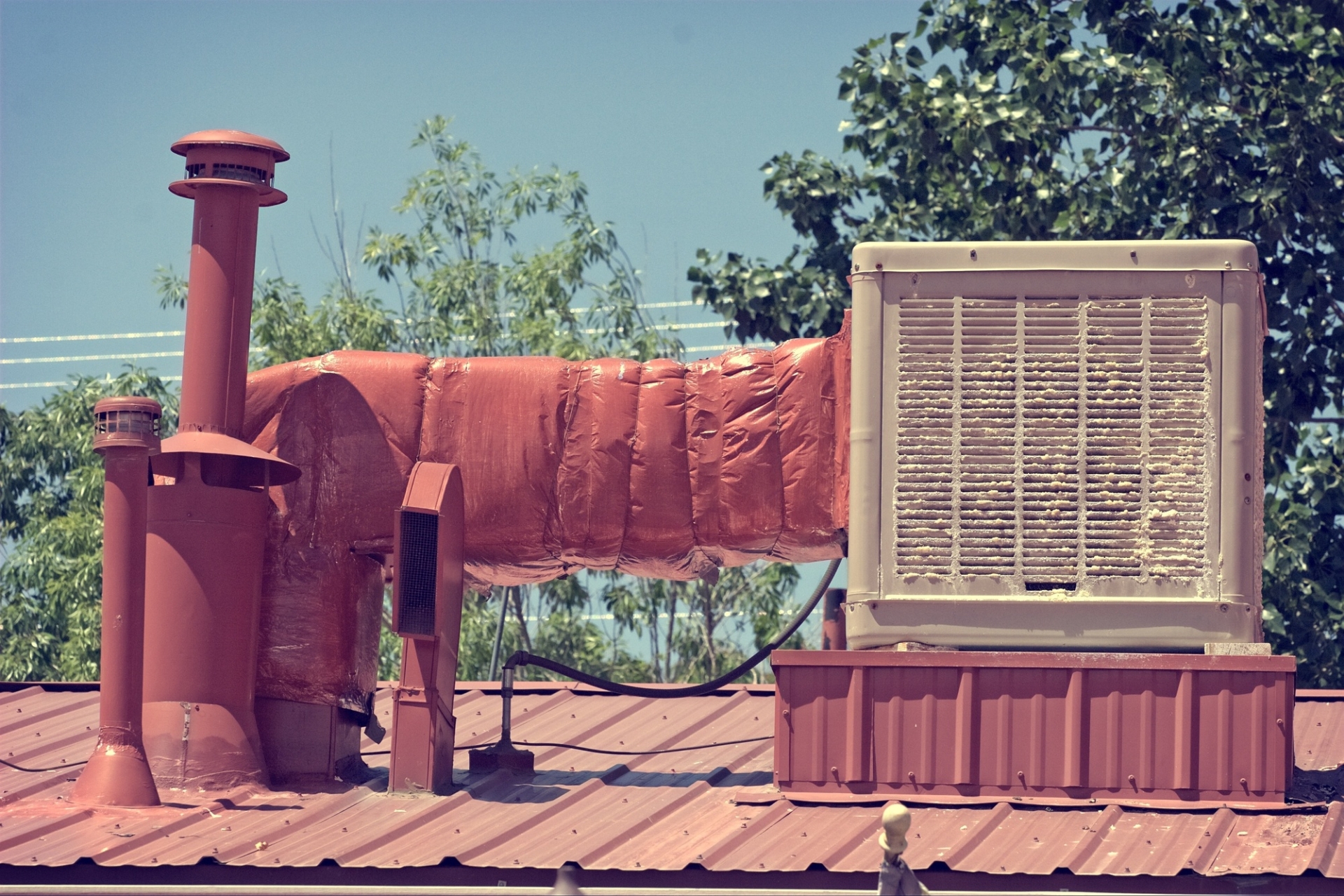You probably haven’t thought about your driveway in months, maybe even since last spring, but now that the snow’s melted, you’re seeing it- the cracks, the dips, the loose gravel that definitely wasn’t this bad last year. Or maybe they were, but months of snow, ice and road salt made them worse. Either way, spring is the best time to deal with it. The weather’s mild, the ground is stable and if you sort it out properly now you won’t be cursing it again next year.
Patching
For those fine hairline cracks you can grab a driveway crack filler, sweep out the dirt and you’re good. But if the crack’s wide enough to fit your fingernail in then you’ll need more than a squeeze tube. For bigger splits you’ll need to use an tarmac patch or concrete mix, the trick is layering. Shovel some in, pack it down tight, let it sit and then add more. It’s a bit of a faff but if you just dump it all in at once it won’t bond properly. You’ll be looking at the same crack next spring only worse. And don’t skip the prep either, be sure to clear out any loose debris before you start. If you’re dealing with tarmac then blast the cracks with a pressure washer or use a stiff wire brush to clean them out. With concrete you might need a chisel to loosen the crumbling edges. The better the prep the longer the fix will hold.
Drainage
Most driveway damage comes down to one thing. Water. Rain, snowmelt, even your sprinkler system. It seeps into tiny cracks, freezes and expands, forcing the tarmac or concrete apart. Before you think about patching, it’s important to figure out where the water’s going first. If it’s pooling in low spots, you might need to regrade part of the driveway or add a channel drain to redirect the runoff. And while you’re at it, check your siding and gutters because if your downspouts are just dumping water next to the driveway, they’re only making the problem worse. You should put on an extender or reroute the flow before you waste your time on repairs.
When to Resurface Instead
You might get to the point after lots of years of repairs that your driveway starts looking like a patchwork quilt, which isn’t a good look and also will cause problems with maintaining it. When you resurface you’re not just patching but adding a whole new layer of tarmac or concrete over the existing one. It smooths everything out, makes it look brand new and will hold up for years to come. Resurfacing works best in spring when the weather’s mild. Summer heat can make tarmac too soft and if it rains while you’re mid job you’re screwed. Wait for a dry stretch and do it right.
Sealing
Once you’ve patched or resurfaced, be sure to seal the whole thing. It is an extra step but it’s what will protect it all the best against water, UV damage and just general wear. Driveway sealant needs warm dry weather to cure properly which makes the spring time ideal to put it on your list of jobs that need doing. Just make sure you clean the driveway first as dirt and oil will stop the sealant from bonding.











